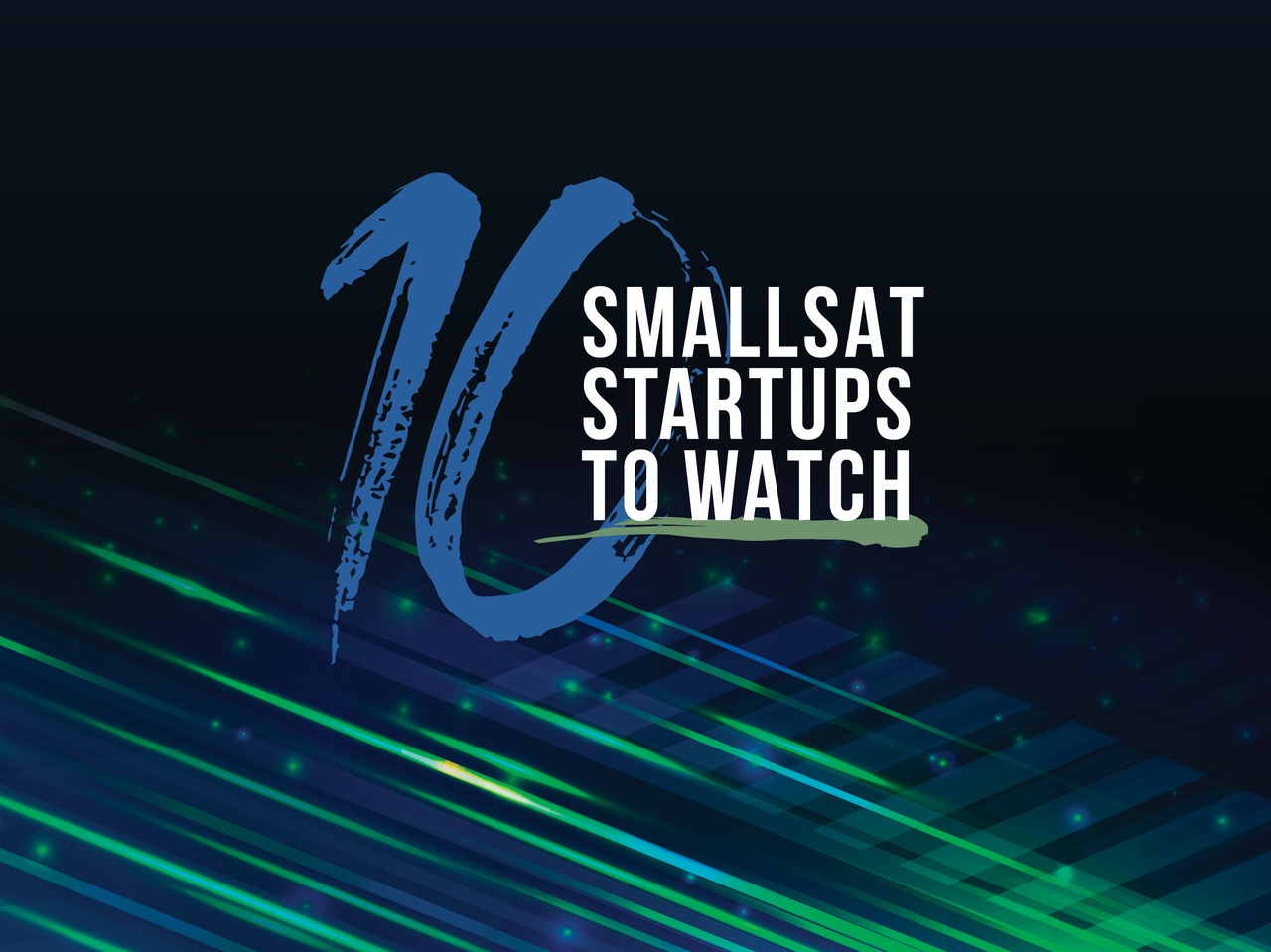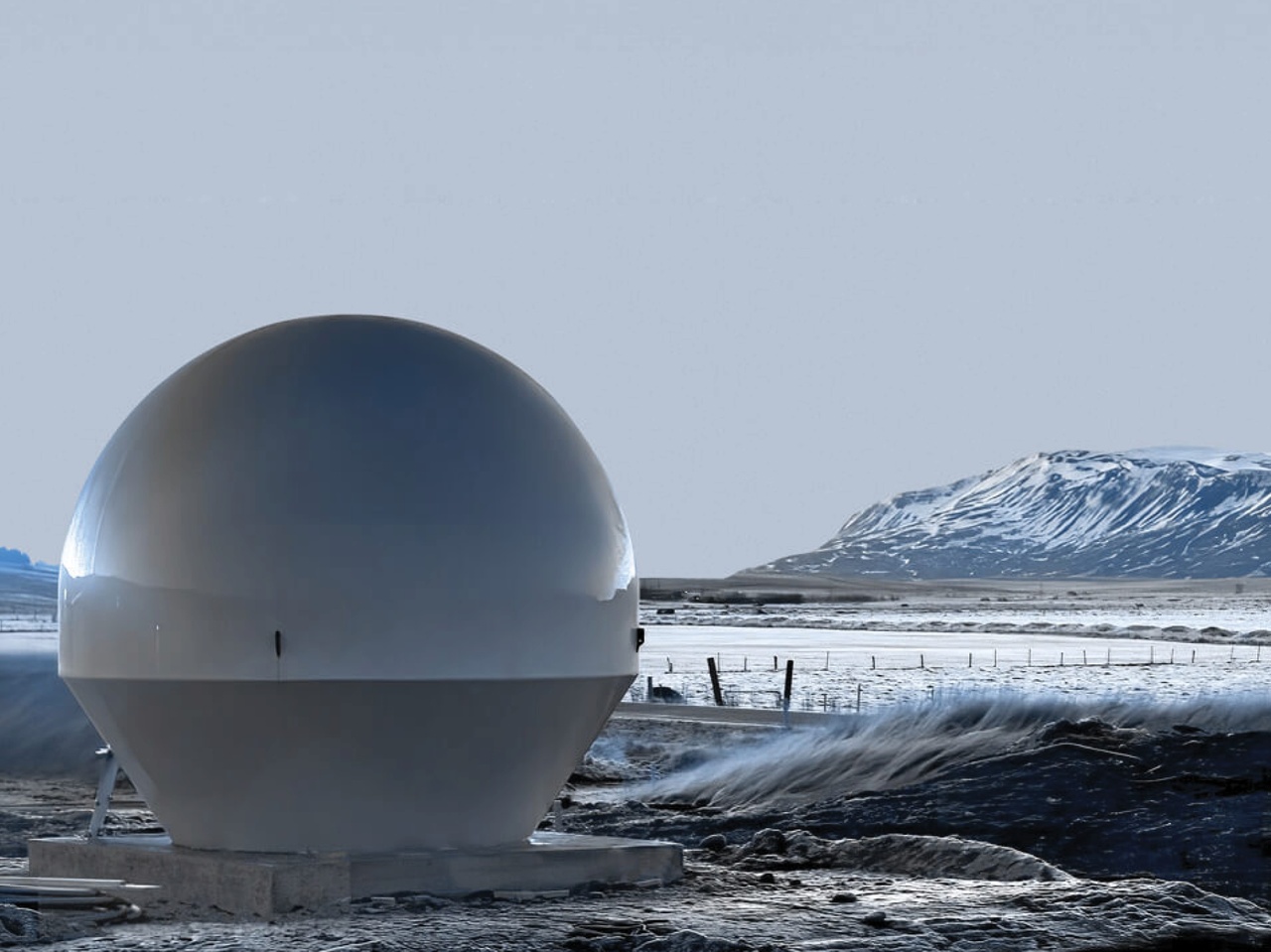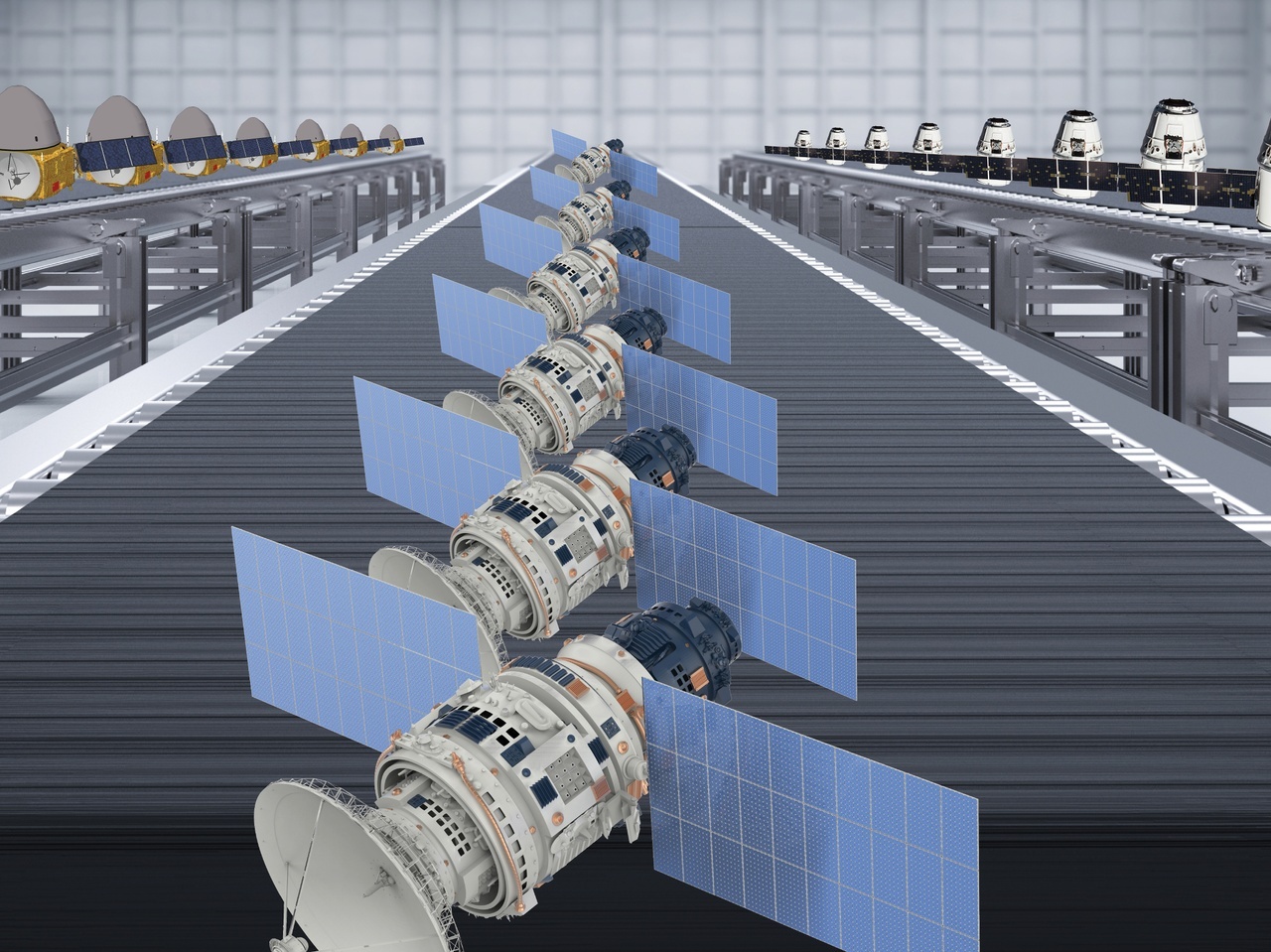
Balancing Innovation and Sovereignty in the Smallsat Ground Segment
Sovereign missions are no longer best served by legacy ground segments, but it requires careful consideration and imagination to use cloud computing while ensuring sovereignty.July 28th, 2025Futurism needs perspective and that only comes with time. Having worked in ground segment and satellite operations for 25 years, I’ve gained some perspective on its evolution and speculate what comes next.
Understandably, ground segment is an infrastructure that doesn’t receive the same attention as the “shining birds” we launch into space. Yet, it is infrastructure that has a profound effect on the operability and cost of any space enterprise. Poorly considered architectures and clunky, unreliable systems are a daily burden and worse, they put satellites at risk.
When I started out in space, I caught the tail end of an earlier evolution. Computing hardware was shifting from bespoke to generic, and custom software was giving way to COTS products and reusable frameworks. It was a successful paradigm. Even today, some satellites are launched that rely on basement servers and well-known legacy solutions.
I recently spent five years working away in the space segment, during which time a quiet revolution in the ground segment took place. When I returned, the change was clear: infrastructure-as-a-service, so-called “cloud computing,” had completely transformed the IT industry, stampeding through the financial, technical, and personal computing sectors. But space, seemingly a more conservative field, seemed to be holding on to the old ways. Then I met the new space crowd…
New space teams are heavily influenced by the IT innovations of the 2010s and 2020s. They recognize the economic and practical benefits of pay-as-you-go models over owning monolithic infrastructure. This has led to wonderful new concepts such as ground-station-as-a-service and operations-as-a-service, which new space relies on. Combined with the growing sophistication of modern satellites, classical control centers are fast becoming a paradigm of a past era.
The modern way to operate satellites seems to be: 1. Strike a deal with one or more ground station service companies; 2. Convert a meeting room to a control room with a few big screens and laptops, 3. Setup an Amazon Web Service account, 4. Rent a system-as-a-service that runs on AWS. 5. Revert to a meeting room after commissioning and operate the satellite from your desk (or sofa).
However, the marketplace is much more complex than that. Many classical space companies and institutions serve customers with sovereignty requirements. The idea that services critical to their mission might lie outside their control, or outside their geography, is often unpalatable or even forbidden. Are sovereign missions still best served by legacy ground segments? And what about cases where new space is delivering sovereign missions?
My answer is a firm “no” to sticking with legacy approaches, but it does require careful consideration and imagination to use cloud computing while ensuring sovereignty. Take the simple question, “Where is my system running?” When using cloud computing, the answer isn’t always obvious. Most cloud providers now offer products that can guarantee geography, high security, privacy, redundancy, and high availability. The smartest engineers on your team would be hard-pressed indeed to build a better system themselves, certainly not affordably. These features are already widely adopted in critical sectors like finance, banking, business, and government. So why not space? Is there a deeper reason, or fear?
We have seen wider adoption of cloud computing for payload data processing. For example, the European Space Agency (ESA), along with the French space agency CNES and the German space agency DLR, are collaborating with Italy’s CNR National Research Council to create an Earth Observation (EO) platform that focuses on earthquake and volcano research. ESA is contributing 20 years of radar data from its ERS and Envisat remote-sensing satellites, along with datasets derived from other space and in-situ sources to the online infrastructure, to attract scientists to use it as a research platform.
ESA is also developing a Super Sites Exploitation Platform (SSEP) to encourage better use of satellite data to monitor and aid the understanding of the processes causing geohazards. These data-oriented initiatives are extremely welcome and a genuine attempt to deal with large space datasets using cloud computing. But they are still a long way from using cloud computing to control satellites. It seems to be a step too far to rely on the cloud for the control of institutional space systems.
Perhaps, that the change of approach has been led by a new generation of operators gives us a clue to the real reason why there is still resistance to using the cloud for control: the establishment is comfortable with what it knows and there isn’t the same economic pressure to change faced by new space.
But watch out because change is coming: the effect of cloud computing on general computing is so complete that it’s become increasingly difficult to find the skills to work on non-cloud system. The obsolescence of skills is arguably the most profound reason to modernize the approach to institutional and classical ground segment systems. VS
Stewart Hall is Commercial Director at Telespazio Germany. As a software engineer and ground systems architect, he contributed to the development of ground segment systems for several renowned space programs, including the Rosetta comet chaser, Mars Express and Beagle 2, Galileo FOC, Meteosat Third Generation, and OneWeb. From 2019 to 2024, he served as Deputy Head of Strategy and Sales at Thales Alenia Space in the U.K.
Lead photo: Via Satellite archive







